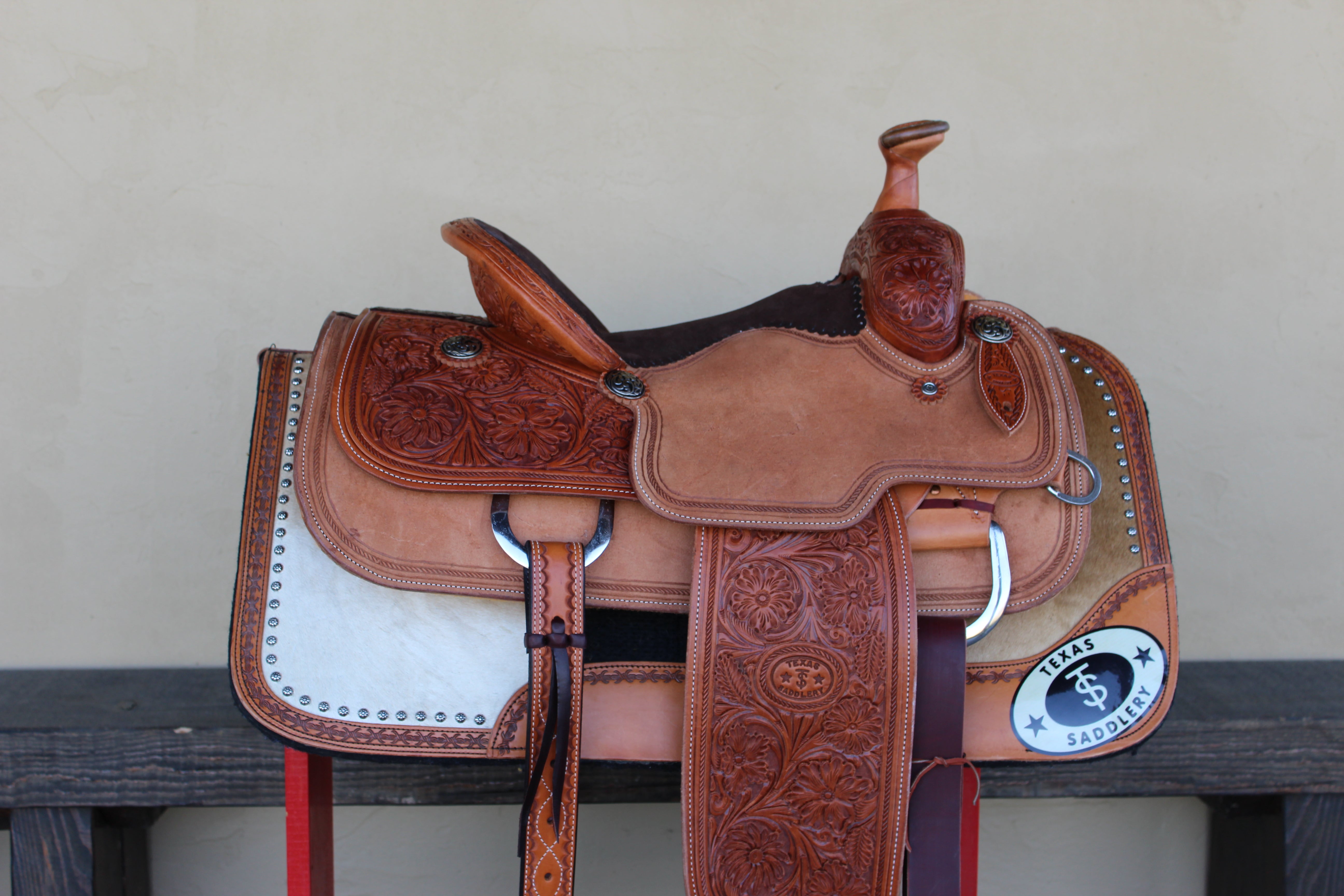Have you ever wondered if a Western and English saddle were really that much different from each other? I mean, they’re both just saddles used for riding on the back of a horse, right? Yes and no. While they’re both used for riding, there are some notable distinctions, based mainly on each saddle’s purpose. One is meant for working and comfort while the other is designed for elegance and show. In order to better understand the differences in these saddles, let’s first dive into some riding style distinctions between Western and English riders.
Riding Style Comparison
Horseback riding has been around for hundreds of years, beginning with transporting and manual labor. Over time, two distinct riding types emerged, namely the Western and the English style.
Western Style
The Western riding style came first, back in the 1600s. This style of riding was used by those who spent long hours in the saddle. The focus of the Western style was to provide a comfortable ride for those who rode horseback for their livelihood. Their activities could include anything from everyday herding to cattle drives that could last for days. As a result, this style did not focus on elegance, but rather practicality and comfort (just imagine how it would feel spending a whole day in a saddle!). Western riding is a style that is still readily used to this day.

English Style
The emergence of the English riding style came a little later on, in the 1800s. The purpose of this style of riding was drastically different from the Western version. While the Western focused on work and functionality, English horseback riding was adopted for its use in equestrian activities like dressage and show jumping. The style of English riders is considered the more traditional and “proper” of the two variations.

Saddle Style Comparison
So, what is the difference in the saddles for these two styles?
Western Saddle
- Heavier
- Larger
- Saddle Horn
- Wooden Tree Base
- Saddle Pad
- Ornate Leather Tooling
The Western style saddle is significantly heavier and larger than the English version. True to the purpose of this saddle, the weight and size allow for greater comfort and stability for the rider over long distances. The weight distribution of these saddles is beneficial to the horse as well, as it helps keep them from becoming tired. There are some other additional distinct features on a Western saddle, the most prominent being the horn. Although sometimes thought to be designed as an aid for novice riders, it actually is used for securing a rope. This directly relates to the Western saddle’s use in cattle working and rodeo events. Other notable features, unique to this saddle, designed for increased comfort, include the fenders, stirrups, and added contour to the cantle and seat.

The makeup of the Western saddle is also distinct. It often has a wooden tree (which can be reinforced with fiberglass) for its foundational structure and shape. The tree is composed of two arches connected by wooden rods that rest along the sides of the horse near the spine (learn more about it in our recent blog post!). This structure then gets covered most often with cowhide, adding different types of specialized leather to each part of the saddle. To add comfort for both the rider and horse, there is a padded layer beneath the saddle, made of a material such as sheepskin or wool. Western saddles are further known for their beautiful, ornate leather tooling, which we add to our saddles by hand here at Texas Saddlery!

English Saddle
- Lighter
- Smaller
- Synthetic Tree Base
- Panel Padding
- Plain
Compared to its Western counterpart, the English saddle is lightweight and much smaller. These features allow for closer contact with the horse, making sure the rider can detect the horse’s movements easily. This makes the saddle well suited for use in English-style equestrian competitions.

The foundation of this type of saddle is usually comprised of a tree made of synthetic material or a wooden laminated tree with steel added for reinforcement. The covering on these saddles can either be of leather or manmade materials. Instead of a saddle pad, padding for the English saddle is added through foam, wool, or acrylic fibers added into the panels of the saddle. Unlike the Western saddle, these tend to be relatively plain without much added adornment.
Keep in mind that although Western and English saddles have two overarching distinct purposes and styles, they also each have additional variations within that style, designed for the specific activity they are to be used for. For example, the Western saddle has variations such as the roping saddle, trail saddle, and barrel racing saddle. Each of these saddle types has customizations suited to its specific activity. The English saddle comes in options such as the dressage saddle and jumping saddle, again designed with certain equestrian activities in mind. This is not to say these saddles can’t be used for other purposes as well, they are just well suited for these specialized events.
After laying out this comparison, it is clear that there are prominent distinctions between the Western and English saddle, each with its own fascinating beginning and unique purpose. Each saddle style also has its own defining features and even unique micro-variations. Be sure to keep these points in mind when deciding which style of saddle you should purchase next and let us know if we can help!
